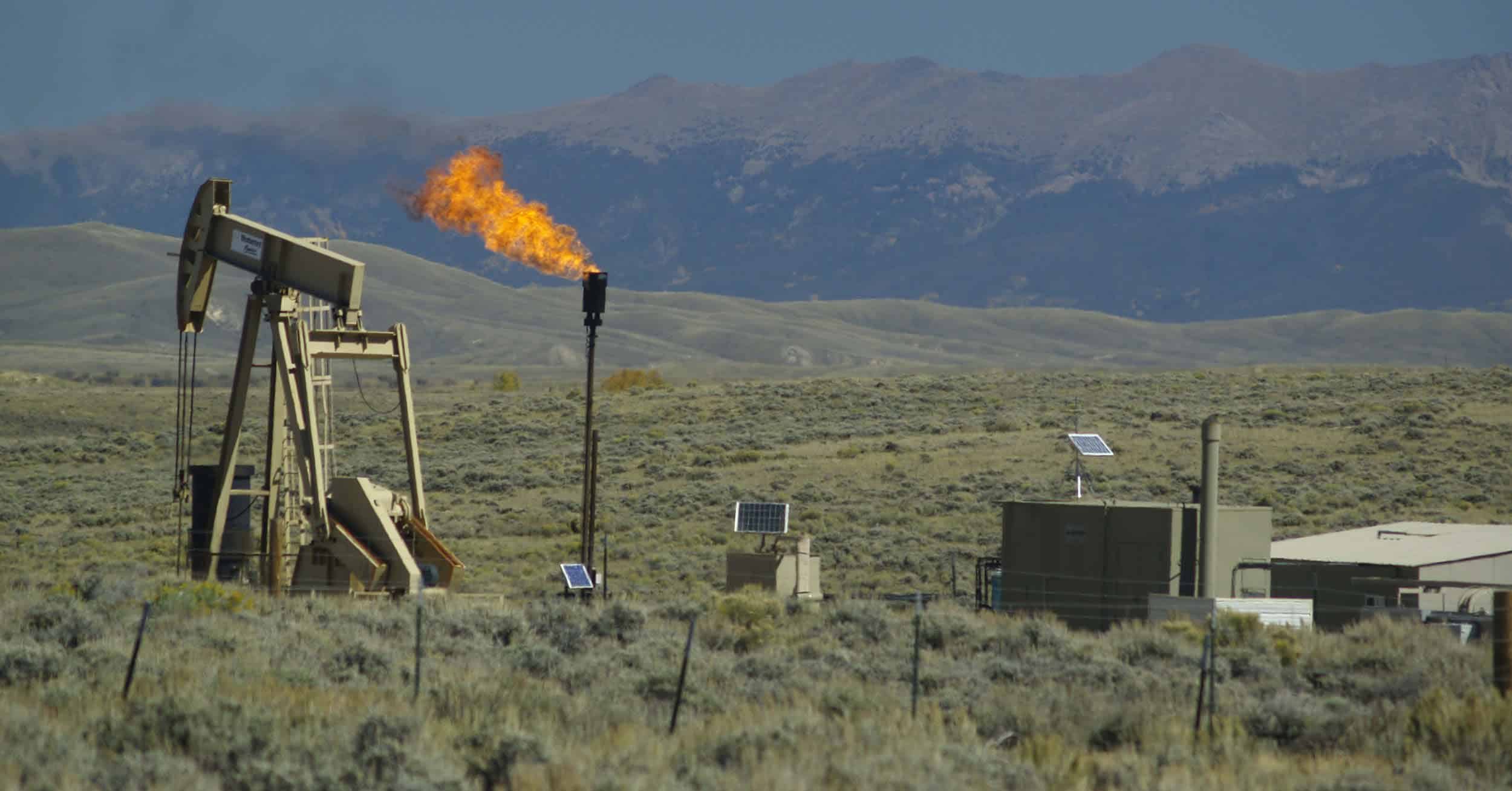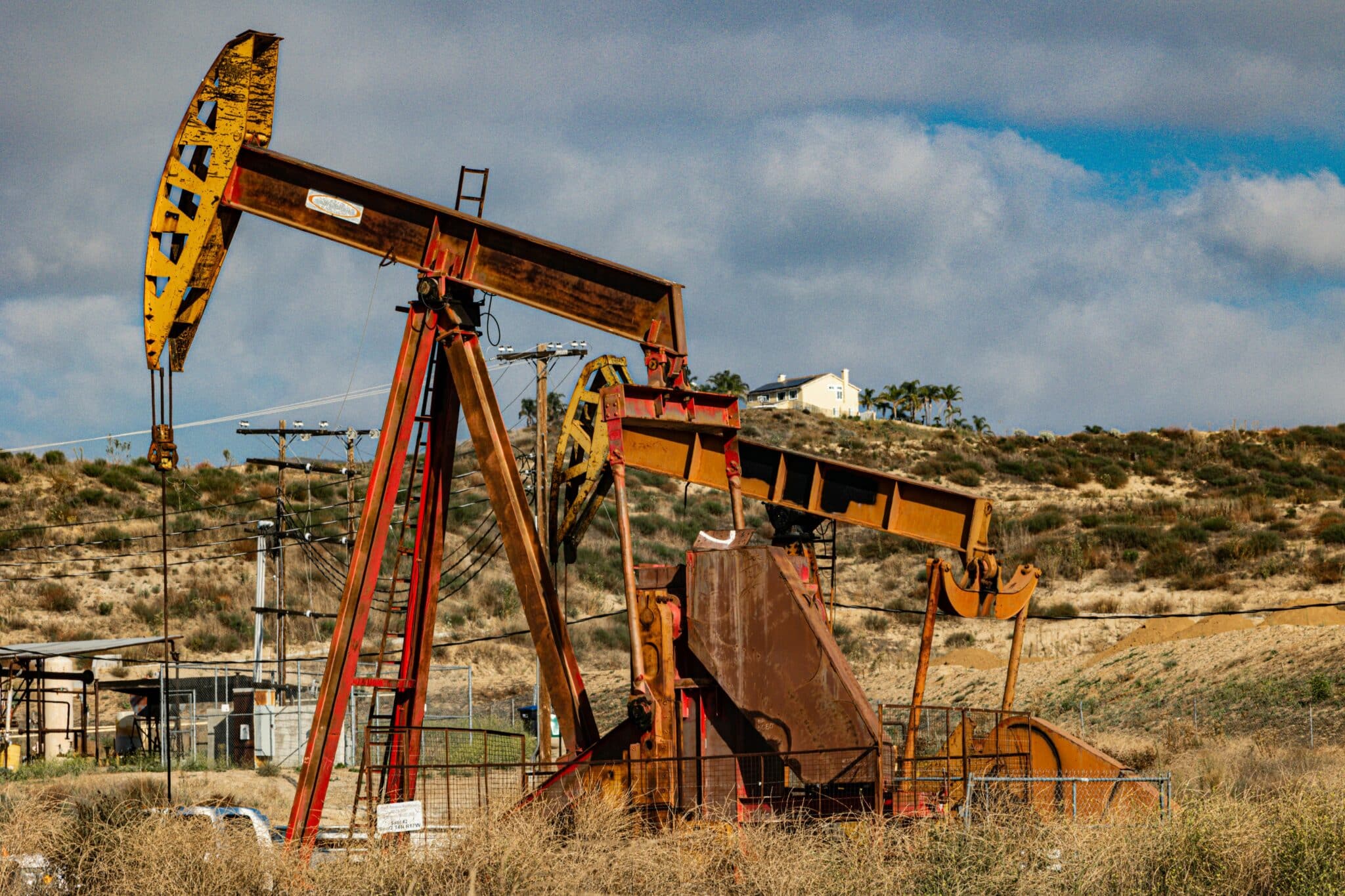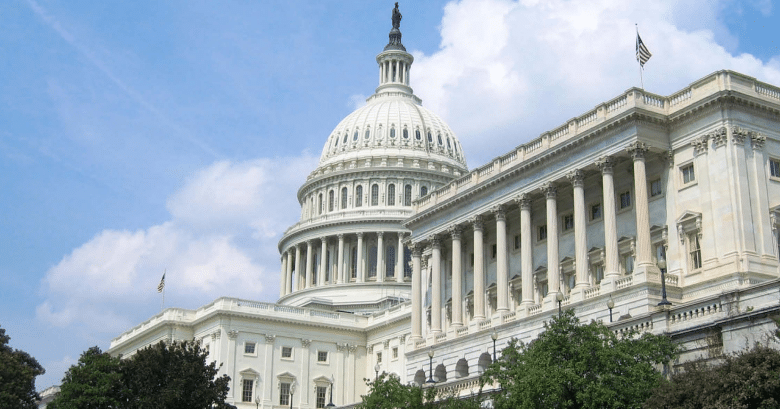Panama! Panama-ah-ah-ah!
The lyrics from the eponymous Van Halen song from the 1980s could just as easily be the nation’s port policy – if the country even had a port policy.
Panama is nearing completion of retrofitting the Panama Canal to accommodate much larger ships. The prospect of these ships calling on the East and Gulf Coast has every port authority from New York to Corpus Christi salivating. But to fully accommodate these larger ships, you need deeper channels and this has kicked off a race to the bottom among the ports. Problem is 1) there is no guarantee that these larger ships will use the Panama Canal route; 2) not all ports are the same and there are geographical and logistical challenges to some ports becoming “hubs”; and 3) the nation doesn’t need a dozen deepwater ports along the East and Gulf Coasts.
If each port authority was picking up the deepening tab, it wouldn’t be such a big deal. But in reality the federal taxpayer is the majority investor in each of these projects. And that is a waste of money and resources that the country can’t afford.
The U.S. is one of the world’s largest trading nations, second only to China. And with the country’s large trade deficit (more imports than exports) it is clear that the world’s goods are going to continue to come here. But then why is the U.S. port policy (again we hesitate to call it a “policy” because unlike other nations the U.S. has no national policy) to act as a desperate buyer in this situation? Why is Panama’s decision to enlarge their canal dictating U.S. investment decisions? Why are foreign shipping lines’ decisions to build bigger ships dictating U.S. infrastructure? It’s as if Detroit decided to build wider cars and all the nation’s roads were retrofitted to accommodate them. Actually it’s worse. Ships can offload some cargo before getting to port and then they don’t require the increased channel depth, so even larger ships could still use the existing infrastructure.
The overcapacity of deepwater ports will be a boon for shipping lines. They can play one port against another driving down rates. It will be a buyer’s market, which will actually reduce the revenue to the ports and damage the economic justification that has been used to push the projects. To date, the Corps of Engineers studies of these projects has looked at each in isolation, assuming massive traffic growth even though deepening Jacksonville will have an effect on a deepened Savannah which will have an impact on a deepened Charleston.
Also, deepening doesn’t change the underlying geographic reality. Ports in South Florida are deepening. But we’re talking about trying to attract millions of tons of cargo. It’s not going to stay in South Florida. The goods are going to be sent around the U.S. If you think about it, Miami is about as far from the rest of the country as you can get in the lower 48 states. And that cargo would be moved on the crowded I-95 corridor. Other ports are dozens of miles up rivers from the coast. Miles of channel that have to be dredged and maintained, and that ships have to navigate slowly and carefully. Finally, even with a deeper Panama Canal, the booming ports of Los Angeles and Long Beach are still closer to Asia than the East Coast and many are predicting cargo will continue to offload at the West Coast and travel to market by truck and train.
Nobody likes picking “winners” and “losers” but it is clear that the nation’s taxpayers will be losers if policymakers don’t come up with a rational prioritization system for pursuing port deepenings. In the end, the marketplace will determine which ports rise and which sink. Problem is, by that time taxpayers will have paid for a lot of white elephant ports that serve little purpose.










